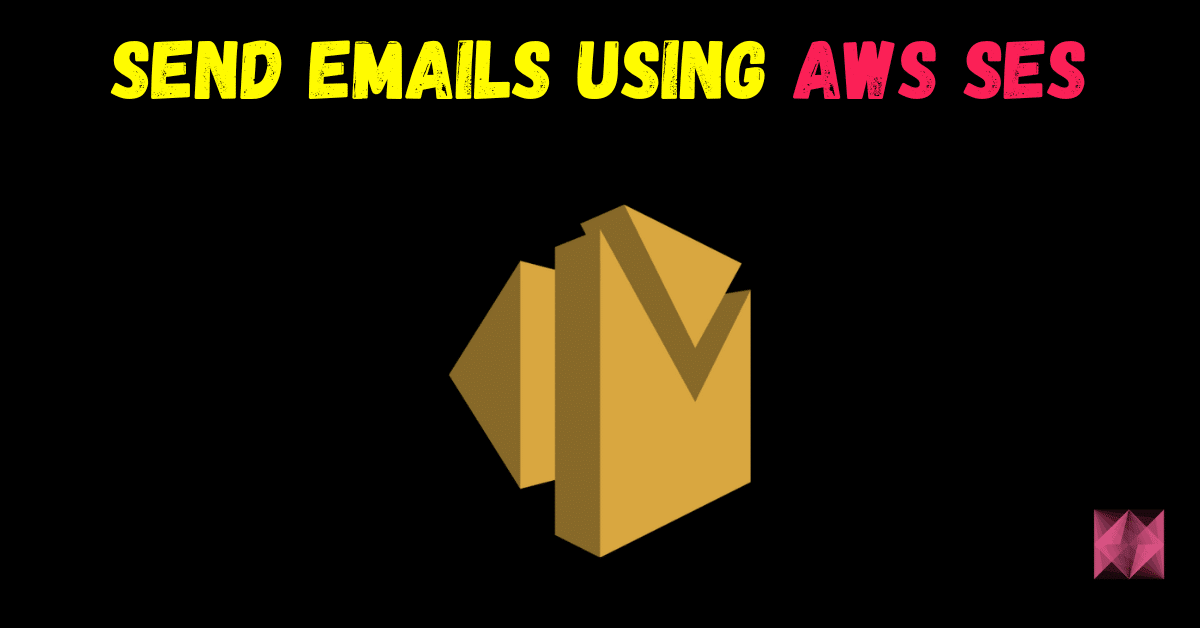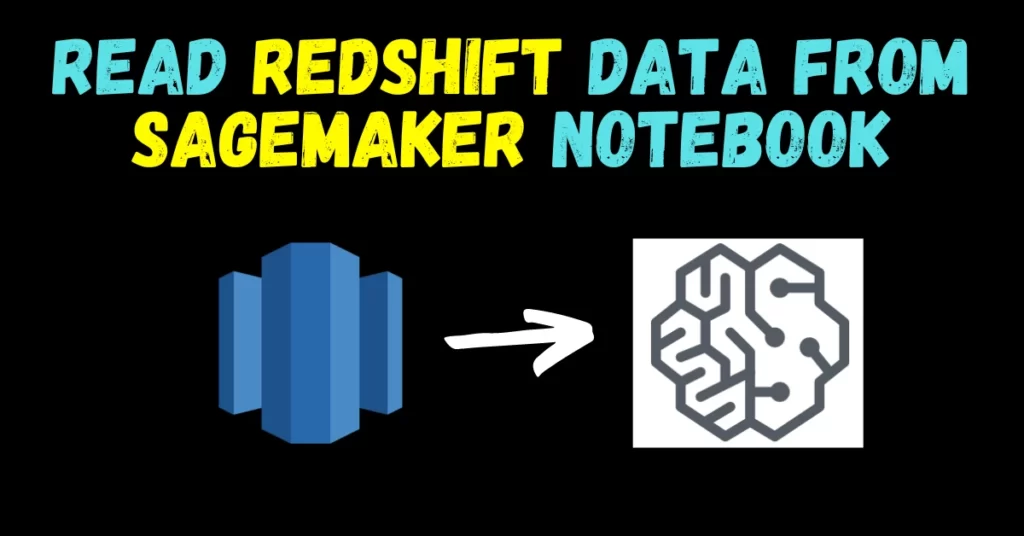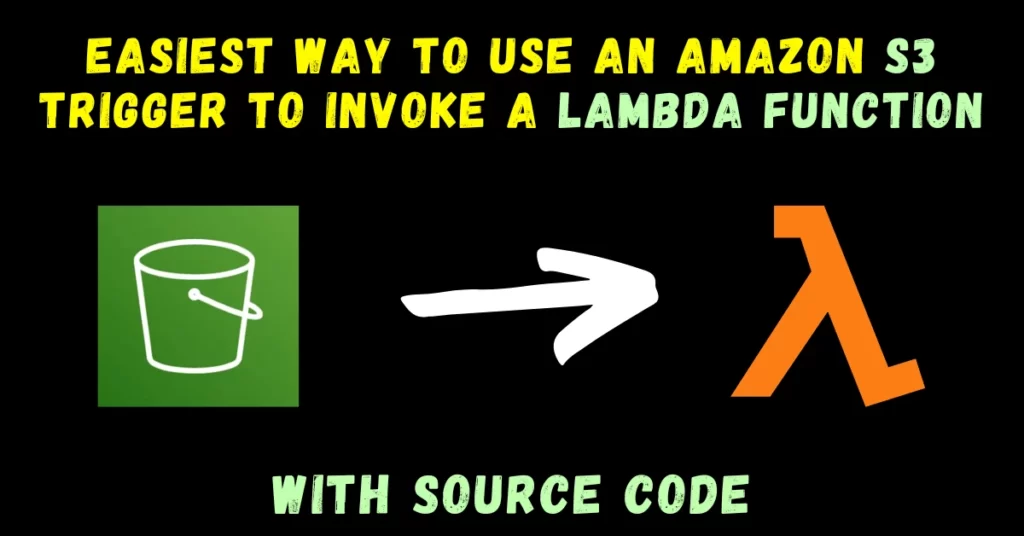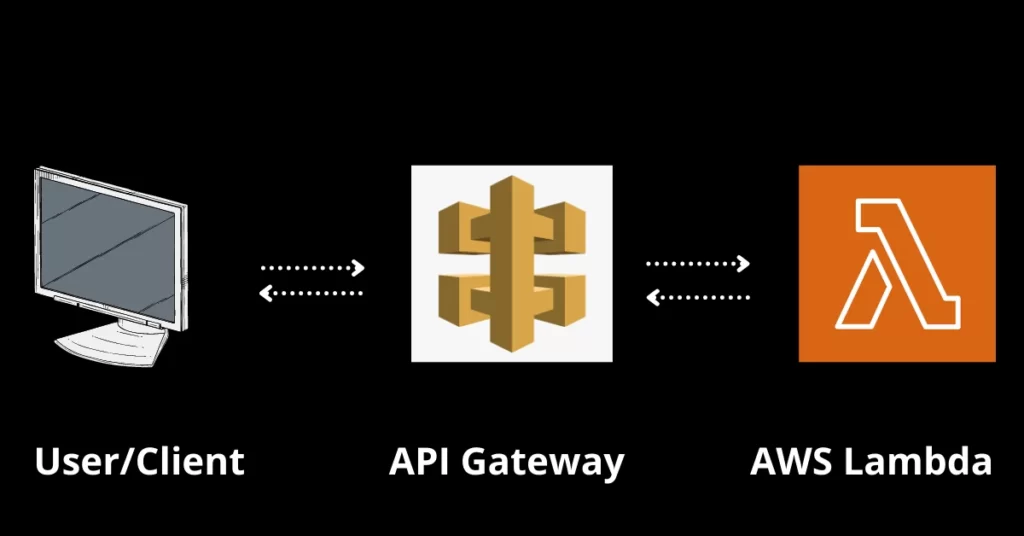Hey guys in today’s blog we will see how to send emails using AWS SES. This is going to be a short and crisp blog, so without any further due, let’s do it…
AWS Simple Email Service
AWS SES, or Amazon Simple Email Service, is a cloud-based email sending and receiving service provided by Amazon Web Services (AWS). It is designed to help businesses and developers send and receive email messages easily and securely at scale. Here are some key features and uses of AWS SES:
- Email Sending
- Email Receiving
- High Deliverability
- Content Filtering
- DKIM and SPF
- Bounce and Complaint Handling
- Integration
- SMTP Interface
- Statistics and Monitoring
- Pricing
Step 1 – Set Up AWS SES
- If you haven’t already, sign in to your AWS account or create one.
- Go to the AWS SES dashboard and follow the instructions to verify your email address or domain and request production access.
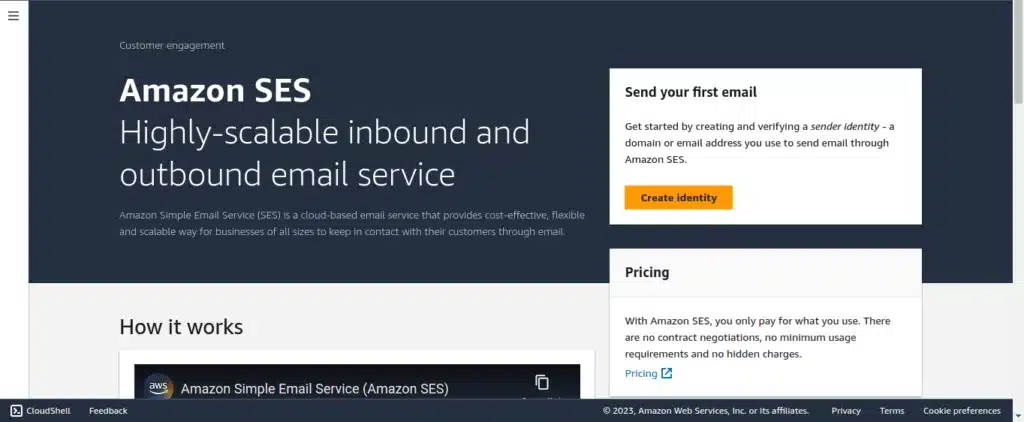
Step 2 – Create an IAM User
- To send emails via SES, you’ll need IAM (Identity and Access Management) credentials.
- Create a new IAM user with programmatic access and attach a policy that grants access to SES. Make sure to securely store the access key and secret key.
Step 3 – Install AWS SDK:
- You’ll need to use the AWS SDK for your preferred programming language. You can use AWS SDKs for Python (Boto3), Java, Node.js, etc.
- Install the SDK according to your language’s documentation.
Step 4 – Code to Send Emails using AWS SES
- Here’s a Python example using Boto3
- Make sure to replace
'your-region-name','your-sender-email@example.com','recipient@example.com','Your Subject', and'Your message text.'with your own values.
# Send emails using AWS SES
import boto3
from botocore.exceptions import ClientError
# Create an SES client
ses = boto3.client('ses', region_name='your-region-name')
# Send an email
try:
response = ses.send_email(
Source='your-sender-email@example.com',
Destination={
'ToAddresses': ['recipient@example.com'],
},
Message={
'Subject': {
'Data': 'Your Subject',
},
'Body': {
'Text': {
'Data': 'Your message text.',
},
},
},
)
print("Email sent! Message ID:", response['MessageId'])
except ClientError as e:
print("Email not sent. Error:", e)
NOTE – Your sender email ID and receiver email ID must be verified. You can do so by adding them to the verified identities section in the AWS SES menu.
Step 5 – Run Your Code
- Execute your code to send the email.
Step 6 – Monitor SES and Handle Bounces/Complaints
- Regularly check your SES dashboard for email-sending statistics, bounces, and complaints. Set up bounce and complaint notifications as necessary.
Conclusion
AWS SES is commonly used by businesses to send marketing emails, newsletters, transactional emails, and other types of email communications to customers and users. It provides a reliable and scalable solution for managing email sending and receiving without the need to set up and maintain complex email infrastructure.
Remember to follow AWS best practices for security, and consider using AWS SES in conjunction with Amazon SNS for better tracking and handling of email notifications. Additionally, ensure that you comply with AWS SES sending limits and policies to avoid any disruptions in your email-sending capabilities.
In this way, you can send emails using AWS SES. This is all for this blog and till next time 😉
FAQ
What is AWS SES, and why should I use it for sending emails?
AWS SES is a cloud-based email service that allows you to send and receive emails at scale. You should use it for sending emails because it provides a reliable and scalable infrastructure for managing email communications, ensures high deliverability, and offers features like bounce handling and content filtering.
How do I get started with AWS SES?
To get started with AWS SES, you need to sign up for an AWS account, navigate to the SES dashboard, and follow the steps to verify your email address or domain. After that, you can use the AWS SDKs or APIs to send emails programmatically.
What types of emails can I send with AWS SES?
You can send various types of emails using AWS SES, including transactional emails (e.g., order confirmations, password reset emails), marketing emails, newsletters, and general communications to your customers or users.
Are there any email-sending limits with AWS SES?
Yes, AWS SES imposes sending limits to prevent abuse. These limits depend on your SES account type and are designed to ensure responsible email sending. You can request increased limits as needed.
How can I ensure that my emails sent through AWS SES are delivered to the inbox and not marked as spam?
To improve email deliverability, you should follow best practices, such as using authenticated email sending (DKIM and SPF), maintaining a good sender reputation, and monitoring bounce and complaint rates. SES provides tools to help with these tasks.
Can I use AWS SES to receive emails as well?
Yes, AWS SES can be used to receive emails. You can configure SES to receive incoming emails, process them, and then forward them to other AWS services for further handling or storage.
What programming languages can I use to send emails via AWS SES?
AWS SES provides SDKs and APIs for various programming languages, including Python (Boto3), Java, Node.js, and more. You can choose the language that best suits your application.
How can I track the performance of my email campaigns sent through AWS SES?
AWS SES provides detailed email sending statistics and monitoring tools through the SES dashboard. You can monitor delivery rates, bounces, complaints, and other metrics to assess the performance of your email campaigns.
Is AWS SES a cost-effective solution for sending emails?
AWS SES offers a pay-as-you-go pricing model, which can be cost-effective for businesses of all sizes. It includes a free tier with limited usage, making it accessible for new AWS customers.
Can I integrate AWS SES with other AWS services for automation and workflows?
Yes, AWS SES can be integrated with other AWS services like Amazon S3, AWS Lambda, and Amazon SNS. This allows you to build complex email automation and workflows to suit your business needs.
Read my previous post: Easiest way to read Redshift data from Sagemaker Notebook
Check out my other machine learning projects, deep learning projects, computer vision projects, NLP projects, Flask projects at machinelearningprojects.net
